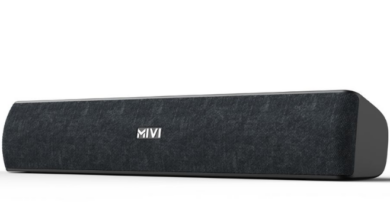
Gold loans have become increasingly popular in recent years as a convenient and accessible financial solution for individuals needing immediate funds. These loans offer a quick way to secure money by leveraging one’s gold assets. Like any other loan, it’s important to have a repayment plan to prevent financial difficulty or the risk of losing assets.
This article will explore four effective ways to repay your gold loan, ensuring a smooth and hassle-free process.
-
Regular EMIs
One of the most common methods to repay your gold loan is through regular EMIs. This approach involves dividing the loan amount, including the principal and interest, into fixed monthly instalments over a specified tenure. By opting for regular EMIs, borrowers can plan their monthly budget accordingly and ensure timely repayments.
Lenders provide borrowers with an amortization schedule detailing the EMI amount and the breakup of principal and interest components. This method allows for systematic repayment and eliminates the burden of repaying the entire loan amount.
-
Bullet Repayment
Bullet repayment is another option available to borrowers for gold loan repayment. With this method, borrowers can choose to pay off the loan in one full payment at the end of the loan term. This approach can be suitable for individuals expecting a significant inflow of funds in the future, such as through an annual bonus, maturity of investments, or sale of other assets.
Opting for bullet repayment allows borrowers to manage their finances efficiently while reducing the overall interest burden. However, it is essential to plan and ensure the availability of funds to make the lump sum payment at the designated time.
-
Part-Payment
Part-payment is a strategy that allows borrowers to repay a portion of the loan amount before the end of the loan tenure. This method helps reduce the outstanding principal and lowers the overall interest burden. By making regular part-payments, borrowers can effectively manage their finances and reduce loan tenure.
Additionally, some lenders offer the flexibility of adjusting the EMI amount after each part-payment, enabling borrowers to align their monthly obligations according to their financial capabilities. However, it is vital to understand the terms & conditions associated with part-payments, as some lenders may charge a nominal fee or have a minimum part-payment requirement.
-
Balance Transfer
Balance transfer, also known as refinancing, can be a viable option for borrowers seeking better interest rates or favourable loan terms. In this method, borrowers transfer their existing gold loan to another lender offering more competitive terms. By doing so, borrowers can lower their interest burden and reduce their monthly EMIs.
However, assessing the costs associated with a balance transfer, such as processing fees and foreclosure charges, is crucial before deciding.
Conclusion
Repaying a gold loan should be a well-planned and structured process to ensure financial stability and avoid any potential risks. The four methods discussed above – regular EMIs, bullet repayment, part-payment, and balance transfer – offer borrowers flexibility and convenience in managing their loan repayment. It is advisable to evaluate personal financial circumstances and choose the method that best aligns with one’s capabilities and goals.
By adhering to a well-defined repayment plan, borrowers can effectively repay their gold loan while safeguarding their precious assets and maintaining a positive credit history.






